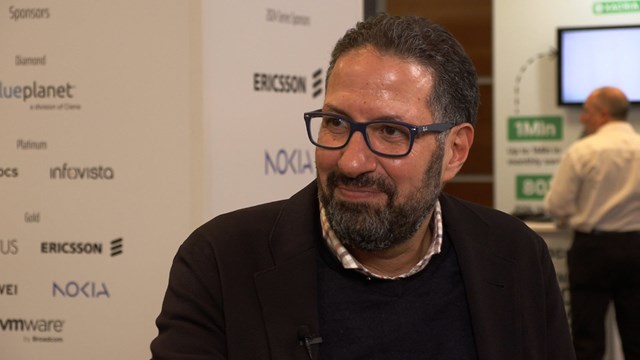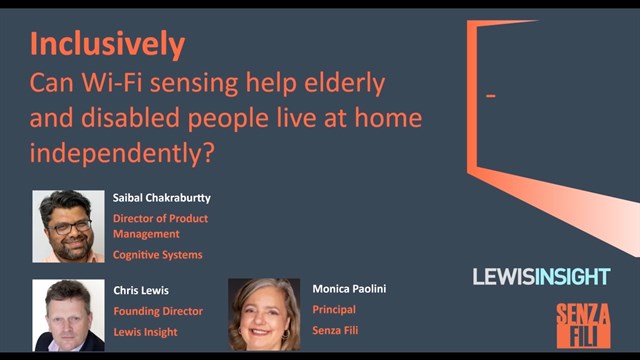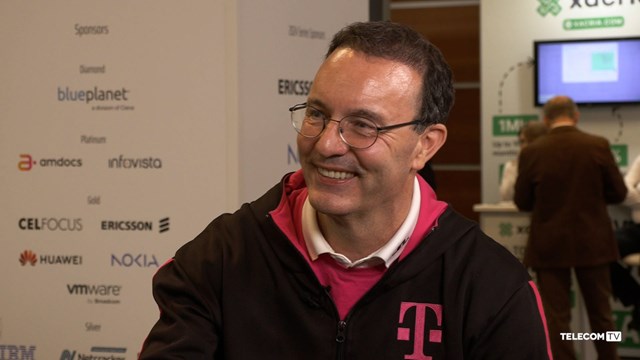Base Station Vendors Turn to Sectorization, Active Antenna Systems, and Cell Shaping to Tackle 5G
Oyster Bay, New York - 16 Oct 2019
As 5G networks start commercial operations in countries including the United States, South Korea, China, and Japan, Base Station Antenna (BSA) vendors are innovating and coming to grips with the complex feature sets and performance demands required in a modern BSA. ABI Research identifies three trends in BSA design which improve the performance, enhance the features, and reduce the costs associated with a modern BSA.
“Sectorization, Active Antenna Systems (AAS) and Cell Shaping are the three overarching trends emerging from vendor’s roadmaps which are used to tackle the demands of 5G,” says Nick Marshall, Research Director at ABI Research.
Higher order sectorization using multi-port/multi-band and/or multi-beam antennas is being used to upgrade a cell site from a standard three sectors to six sectors or more. “Sectorization increases the number of sectors without increasing the number of antennas or radiation centers on the tower and represents important cost savings because towers are increasingly occupied by multiple BSAs and other equipment,” continues Marshall.
Active Antenna Systems (AASs) are the second trend. An AAS contains active radio electronics inside the BSA radome with the antenna/radio combination connected back to the to the baseband with fiber. “Although more expensive than legacy passive antennas, AASs enable high-order and massive MIMO features for sector throughput enhancements, reductions in cable losses and power consumption,” says Marshall.
Included in AAS are a new type of hybrid active/passive BSA which are antenna systems integrating massive MIMO antennas with passive antennas and which share electronics, radio frequency components, and chassis between the active and passive antennas. “As a compact single unit, hybrid active/passive antennas reduce wind load and, since components are shared, offer a lower initial cost when compared to traditional options,” says Marshall.
The third overarching driver is proactive cell shaping, where beamforming is used to shape or sculpt overall cell coverage. Sector sculpting in the cell shapes the Radio Frequency (RF) radiation pattern with directional antennas, which can be steered both in azimuth and elevation. Sculpting delivers precise wireless coverage with minimal interference with neighboring cells.
“The key takeaway from these and other innovations is that antenna vendors are rising to the complex challenges of delivering 5G with highly innovative and technically elegant BSA designs,” concludes Marshall.
These findings are from ABI Research’s 5G Antenna Innovations technology analysis report. This report is part of the company’s 5G & Mobile Network Infrastructure research service, which includes research, data, and ABI Insights. Based on extensive primary interviews, Technology Analysis reports present in-depth analysis on key market trends and factors for a specific technology.
Email Newsletters
Sign up to receive TelecomTV's top news and videos, plus exclusive subscriber-only content direct to your inbox.



